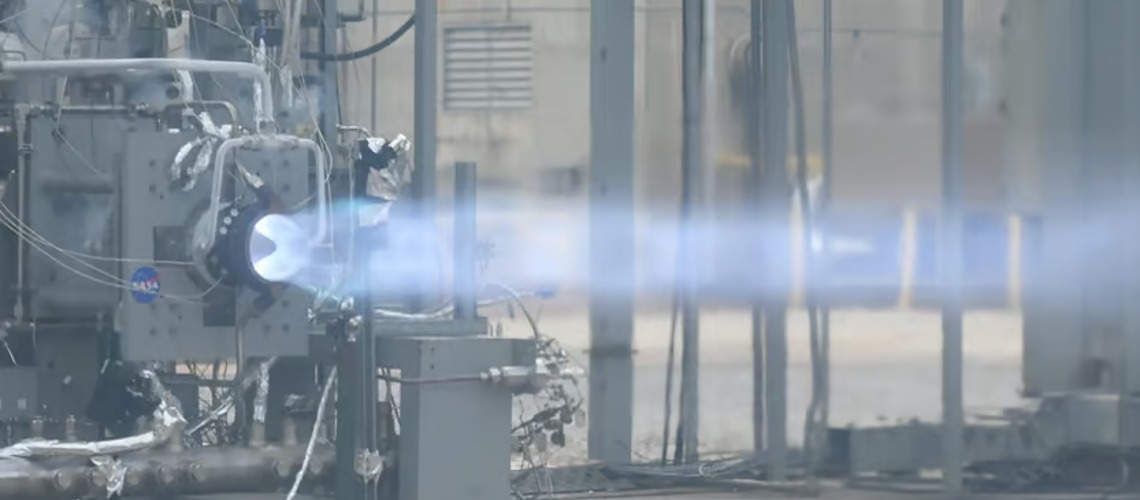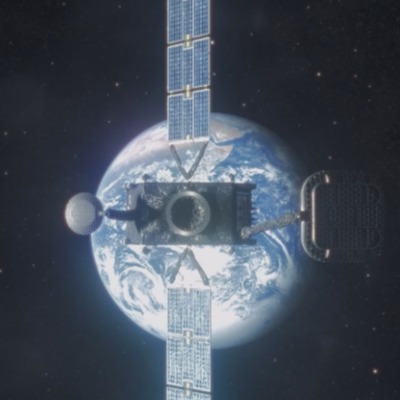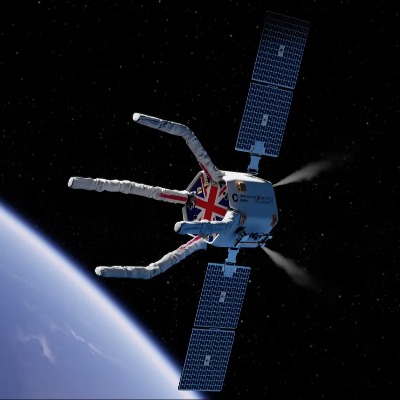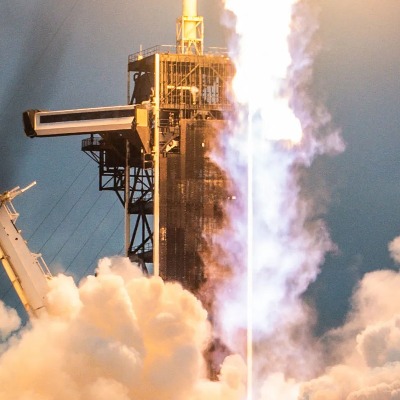NASA's 3D-Printed Dragon Takes Flight: Record Burn Of Revolutionary Rocket Engine Ignites New Space Age

NASA engineers have broken through a key barrier in the quest for more powerful and efficient spaceflight, successfully completing a record-breaking 251-second sustained burn of a 3D-printed Rotating Detonation Rocket Engine (RDRE). This historic test at NASA's Marshall Space Flight Center not only surpasses the engine's previous run time but also demonstrates its potential to revolutionize spacecraft propulsion, paving the way for faster, cheaper, and deeper space missions.
The RDRE operates on a fundamentally different principle than traditional rocket engines. Instead of burning fuel in a controlled chamber, it uses detonations – supersonic explosions – to generate thrust. These detonations occur within a rotating annulus, creating a continuous wave of combustion that maximizes energy output and fuel efficiency.
The engine tested last week, a full-scale prototype, roared to life with over 5,800 pounds of thrust, mimicking the requirements for a deep-space burn or a lunar lander touchdown. This sustained burn significantly surpasses the RDRE's previous record of 101 seconds, showcasing its growing maturity and potential for real-world applications.
"This is a huge leap forward for RDRE technology," said Thomas Teasley, who leads the RDRE test effort at NASA Marshall. "It demonstrates we are closer to making lightweight propulsion systems that will allow us to send more mass and payload further into deep space, a critical component to NASA's Moon to Mars vision."
The benefits of the RDRE go beyond efficiency. Its 3D-printed construction allows for rapid design iterations and cost-effective manufacturing, making it a game-changer for the rapidly evolving space industry. Additionally, its compact design and high thrust-to-weight ratio offer new possibilities for spacecraft architecture and mission profiles.
While challenges remain in scaling up the technology and integrating it into actual spacecraft, the success of this test marks a monumental milestone. NASA, in collaboration with private companies like Blue Origin, is actively developing the RDRE, with future plans for ground and flight testing of larger engine models.
This breakthrough not only holds promise for interplanetary travel, but also for near-Earth missions. The RDRE's efficiency could enable quicker and cheaper resupply flights to the International Space Station and pave the way for more ambitious Earth observation missions.
As the echoes of the RDRE's fiery test fade, a new era of spaceflight beckons. NASA's 3D-printed dragon has taken flight, and its fiery breath promises to usher in a future where humanity's reach among the stars extends further than ever before. With each record-breaking burn, the dream of exploring the cosmos becomes a little closer, a little brighter, and a little more fueled by the revolutionary power of detonation.




